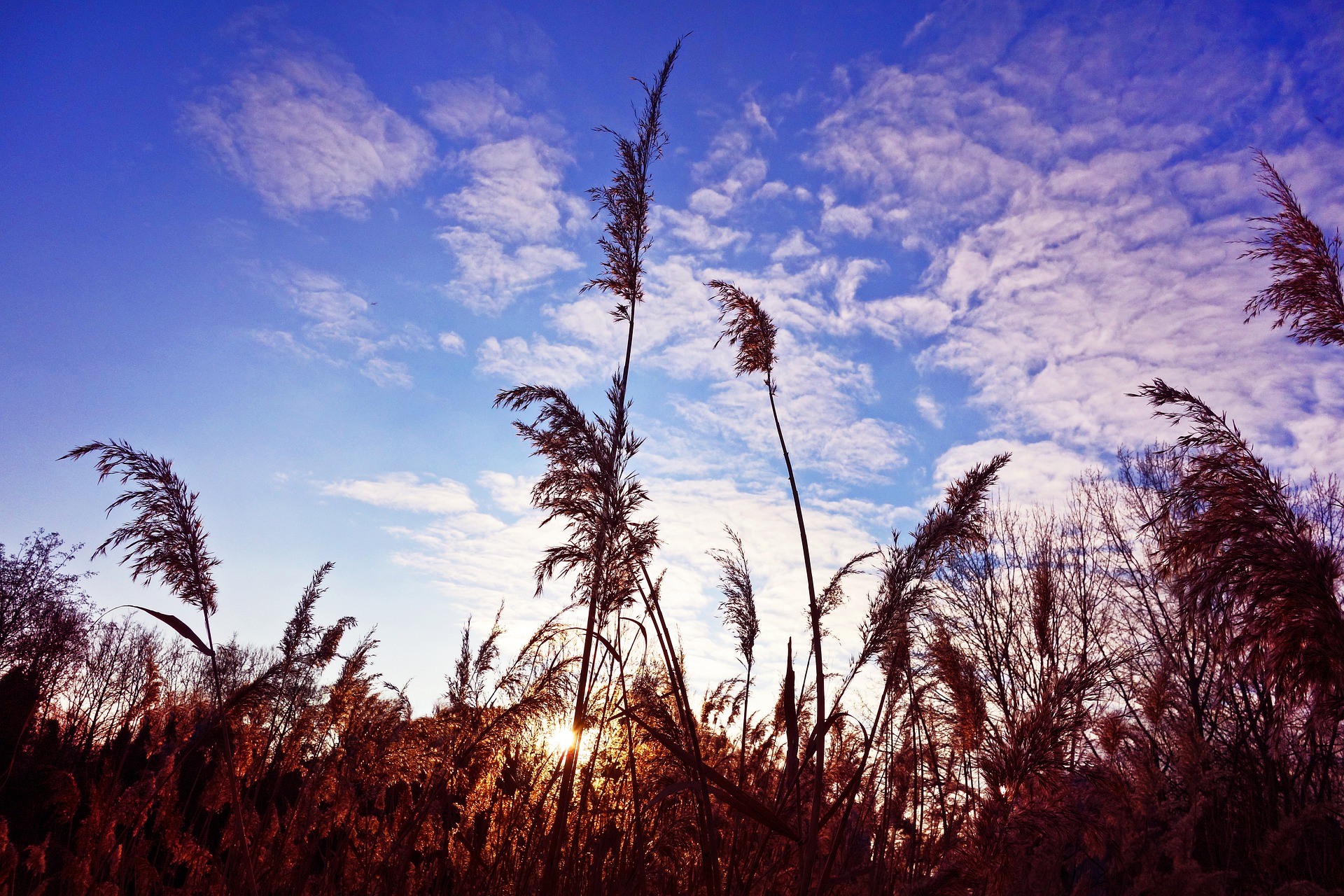Is it time for the US East Coast to start loving a notorious terminator weed?
The marshland grass phragmites has a bad reputation- but it turns out the plant may have an important role to play in the fight against climate change.
F
or decades, phragmites (Phragmites australis) has been regarded as a villain of the North East American coast. A large, perennial grass that can grow to 4 meters high with silvery, feathery plumes, it is found in fresh and brackish wetlands – and when it takes root it is very difficult to remove.
Brought over by Europeans 200 years ago, it is a non-native, invasive species. Its roots can penetrate as deep as nine feet underground. Removal can be expensive, time-consuming and sometimes it doesn’t even work: in the Bronx, the plant was able to break through asphalt after it was paved over.
Bad reputation
“This is the terminator weed, there’s no way of getting rid of this stuff,” Susan Maresca, habitat restoration manager at the New York State Department of Conservation, told E&E News. “Phragmites is like cockroaches — long after humans are gone, those are the only two things that will be left,” she said.
Worst still, its success can be bad news for salt marsh bird species, many of which are endangered. Phragmites grows so quickly it tramples on other, smaller native grasses that birds need for nesting, breeding and chick-rearing. Black rail and salt marsh sparrow populations, for example, are declining rapidly. Neither can use phragmites as a habitat.

It may look beautiful, but it has a bad reputation. Image by Mabel Amber / Pixabay
Moreover, when the leaves shed, it can choke out life in the water, clogging pathways and lowering biodiversity. In some areas, phragmites does provide refuge for animals from flooding as well as seeds for songbirds in winter. But, in general, the plant is seen as an enemy of wetland biodiversity.
Silver lining
However, the villainy of phragmites has recently been reassessed. It turns out that the plant may have an important role to play in the fight against climate change.
A recent study from the Smithsonian Environmental Research Center found that the elements that make the weed so unwelcome – its deep roots and high density – also make it a significant carbon sink. When the plant breaks down into peat, it stores carbon, as long as it is left alone. Phragmites also absorbs nitrogen from the water, which reduces algal blooms, which can lead to ‘dead zones’ where aquatic species cannot thrive.
In a world where carbon storage is increasingly urgent, this property is causing ecologists to view the weed more positively. Phragmites can soak up around three times more carbon as native cordgrasses, a grass frequently found in salt marshes. Native cordgrasses are often swapped in for phragmites, although now ecologists are suggesting there may be instances when phragmites should be left alone.
This is especially so because phragmites has another important benefit. Because of its deep roots and density, it can provide a buffer and insulation to storm surges and rising sea levels. This is important particularly in the East Coast of America. The tidal marshes of Maryland, New England and the mid-Atlantic are increasingly threatened by sea-level rise and storms are expected to increase in number and power.

Eradicating it can be a tall order. Photo by Elizabeth Banda/NASA
Thomas Mozdzer, Professor of Biology at Bryn Mawr College, has conducted studies that show how the phragmites’ roots enable the weed to build up soil faster than native wetland grasses. In the Eastern area where coastal erosion is the number one problem, phragmites could provide protection for ecosystems.
Complex tradeoffs
Ecologists are not recommending that phragmites is actively planted. The tradeoffs are complex but these new studies suggest that the plant has important climate mitigation and adaptation benefits. “When you look at most invasive species, phragmites is unique because it’s providing a service we wouldn’t have anticipated or needed without the climate change pressures we have,” said Brian Boutin of the Nature Conservancy.
As coastal erosion is exacerbated by climate change, phragmites could be key to preserving marshland because of its stubborn resilience. “What we’ve found is that if you value preserving marshes in the face of sea-level rise, it may be that the phragmites marshes are the only ones able to make it,” said Judith Weis, a professor at Rutgers University.
The ideas presented in this article aim to inspire adaptation action – they are the views of the author and do not necessarily reflect those of the Global Center on Adaptation.